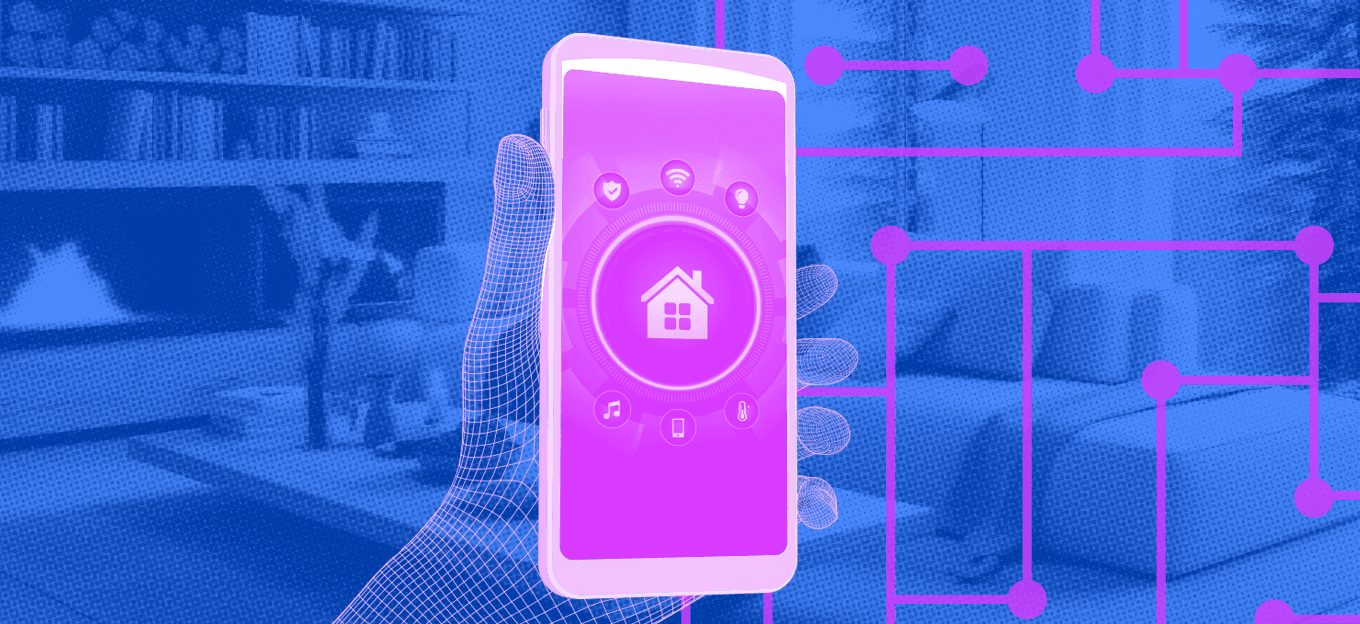How IoT Can Help Keep Children Safe
How IoT Can Help Keep Children Safe
- Last Updated: April 1, 2025
Zac Amos
- Last Updated: April 1, 2025



Parents often have no choice but to work and place their children in daycare. Whether both mom and dad work, a single parent provides everything the child needs, or the kids live with other relatives, today’s economy means massive numbers of kids go to childcare every day.
Many parents stress over whether their children are getting the love and attention they need during early developmental stages. Even more concerning are the reports of kids who were harmed while in daycare, either physically or emotionally. How can those who love them and hope for a bright future ensure they stay safe?
Types of IoT Security for Childcare
A report from the Center for American Progress states that 70 percent of America children have zero available parents to watch them. Most families have all parent figures in the workforce, and they send kids to childcare or early learning programs out of necessity.
The Internet of Things (IoT) makes the world better by offering convenient apps and secure, interconnected tracking devices. From smartwatches to smart cities, humans already use IoT in numerous ways.
The natural next step is to tap into the benefits of biometrics, location tracking, and remote monitoring to ensure families' most precious resource — their children — remain safe and thriving. IoT improves childcare safety by tapping into specific tools.
The costs of childcare continue to rise, with estimates of $565 per week for nannies and $211 weekly for daycare centers. Safety isn’t always better by paying more money, so adding safeguards is an excellent option to give parents peace of mind. Here is how some of the most readily available IoT childcare tools improve safety.
Smart Cameras
Smart cameras give parents some insight into children while they're in daycare. Many centers offer the option to tap into a livestream and check on a child's class or ensure they're still well-adjusted even after parents leave.
For households with nannies, au pairs, or one parent at home, a smart camera helps ensure naptime is rest time for everyone.
These cameras alert the caregiver to unusual activity, a child in distress, unsafe movements, and crying. Caregivers can combine the camera with a smart sock baby monitor to monitor breathing, body temperature, and heart rate.
This information is sent to the cloud and sends an alert should numbers grow concerning. Such devices are crucial to ensure the safety of infants or children at risk due to health conditions.
Wearable GPS
Even the most vigilant caregiver can lose track of a child in the blink of an eye. GPS trackers sewn into shoes, clothes, and backpacks offer peace of mind. In addition, wearables like smart bracelets and necklaces can provide better tracking than in the past.
Autistic children might wander off and get near water — an extreme danger for any child since 25 percent of all drowning deaths happen to kids under the age of 5. A GPS tracking device allows parents and authorities to tap into the child’s location quickly and get them to safety. Alarms can be set to sound if a child leaves a set zone.
Home Safety
With advances in smart homes, families can use various features to ensure child safety, whether the child is with a nanny or babysitter. Features such as safe locks, burglar alarms, and advanced fire safety notify the authorities about potential problems.
For example, if a babysitter is with the children while the parents go out to a dinner party, a smart home can provide visuals that they are safe. It can also monitor for things like smoke and carbon monoxide.
Monitored Playhouses
Play cafes are a quasi-form of childcare. Caregivers take young children to the cafe, where they can tap into the Wi-Fi and work while the kids play. Now, smart playhouses are adding another level of security and safety to playtime.
A remotely managed playhouse has sensors that monitor everything from temperature to air quality and alert management if better ventilation is needed. They also have smart cameras with motion detection and facial recognition to alert if unknown persons are in the play area.
Although not part of the safety system, the houses are highly interactive and engaging for children, which will keep them interested and less likely to wander away from a distracted parent.
Smart Pacifiers
Caregivers gain more peace of mind with new IoT products, such as the smart pacifier. Babies naturally soothe with them, but now they link up to the internet and share data like temperature and send an alert if it’s too high or low. The pacifiers also serve as location trackers.
Over time and with advanced models, the pacifiers will send data to the cloud and childcare workers about which babies might need attention most. Infants with health concerns will be safer even while sleeping or out of the babysitter’s direct line of sight.
The Future of IoT and Childcare Safety
One of the top concerns of anyone who loves a child is keeping them safe and healthy. With the help of wearables and monitors, tracking who and what is around kids becomes simpler.
As artificial intelligence advances, expect to see more products like the ones already on the market, as well as multifunctional devices that do double duty as entertainment and security.
The Most Comprehensive IoT Newsletter for Enterprises
Showcasing the highest-quality content, resources, news, and insights from the world of the Internet of Things. Subscribe to remain informed and up-to-date.
New Podcast Episode

What is Software-Defined Connectivity?
Related Articles

